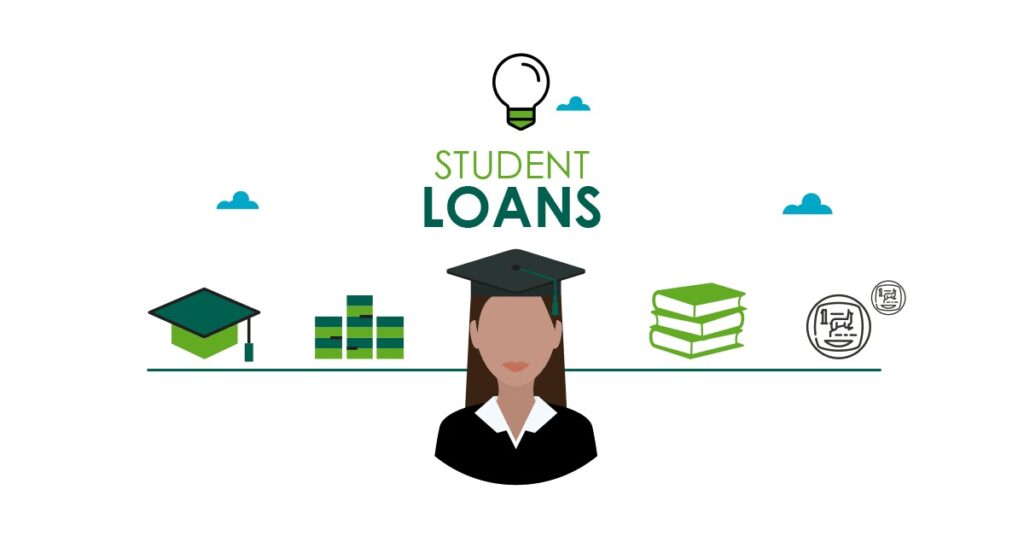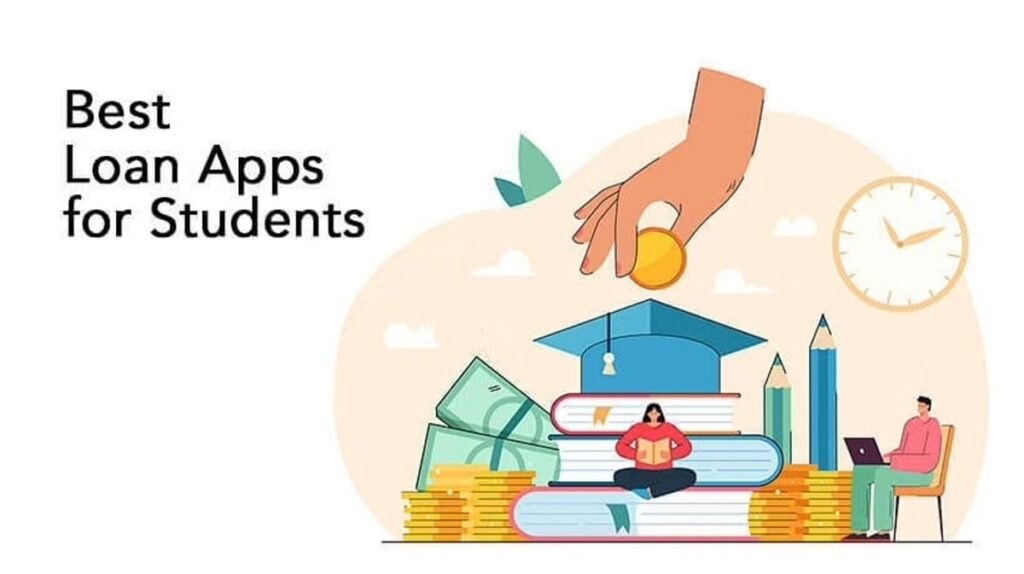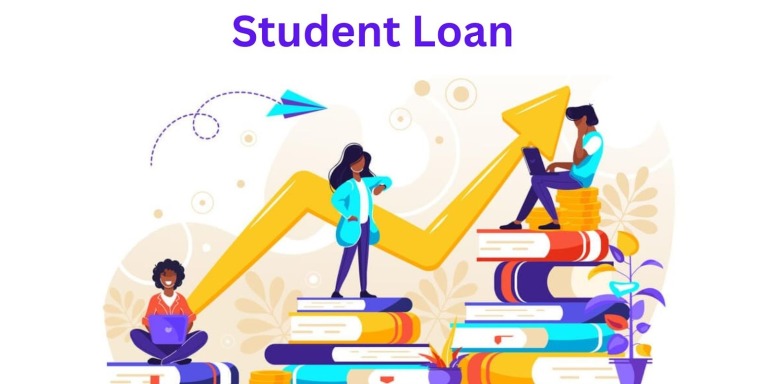
A comprehensive guide to private student loan alternatives
The pursuit of higher education is an exciting journey, but it often comes with a heavy price tag. When federal financial aid and scholarships fall short, private alternative student loan funding can fill the gap. In this comprehensive guide, we will discuss personal alternative student loans in 2023 We’ll explore what they are, how they differ from federal loans, eligibility criteria, the application process and essential tips for making an informed loan decision.

A comprehensive guide to private student loan alternatives
Understanding Private Alternative Student Loans
Private alternative student loans, often referred to simply as private student loans, are educational loans offered by private lenders such as banks, credit unions and online financial institutions. These loans are designed to complement other forms of financial aid, including federal student loans, scholarships and grants. Unlike federal loans, private alternative student loans do not come with federal backing or standardized terms, allowing for more flexibility and customization.
The difference between federal and private alternative student loans
Before diving into the specifics of private alternative student loans, it's important to understand how they differ from federal student loans:A comprehensive guide to private student loan alternatives


A comprehensive guide to private student loan alternatives
Source of Funds:
✪ Federal loans: financed and guaranteed by the federal government.
✪ Personal Loans: Offered by personal lenders, banks and financial institutions.
Interest Rate
✪ Personal Loan: The interest rate can be fixed or variable and is determined by the lender based on your creditworthiness.
Subsidized vs Un-subsidized
✪ Federal Loans: Subsidized loans do not accrue interest while you are in school. Unsubsidized loans accrue interest from the date of disbursement.
✪ Personal Loans: Interest usually accrues from the date of disbursement, regardless of your enrollment status.
Loan Repayment Terms
✪ Federal Loans: Offer a variety of repayment plans, including income-driven options and loan forgiveness programs.
✪ Private Loans: Repayment terms and options vary by lender with less flexible choices than federal loans.
A comprehensive guide to private student loan alternatives


A comprehensive guide to private student loan alternatives
Eligibility and Creditworthiness
Personal alternative student loans depend a lot on your creditworthiness. Here are key eligibility and credit factors to consider:- Credit Score: Lenders evaluate your credit score to assess your creditworthiness. A higher credit score can lead to lower interest rates.
- Income: Some lenders may require a co-signer with proof of income or a steady source of income.
- Co-signer: If you have limited credit history or a low credit score, a creditworthy co-signer can increase your chances of approval and secure better loan terms.
Application Process
Applying for private option student loans involves several steps:- Research lenders: Compare loan offers from multiple private lenders to find the best terms and rates for your needs.
- Check Eligibility: Review each lender’s eligibility criteria, including credit score requirements and co-signer options.
- Gather Documentation : Gather necessary financial documents including proof of income and credit history.
- Application : Complete the lender’s application process, provide accurate financial information and indicate the loan amount you require.
- Review the offer: Once approved, you will receive a loan offer specifying the terms, interest rate and repayment options.
- Accept and Sign: Carefully review the loan offers and select the one that best suits your needs. Sign the loan agreement.
- School Certification: Your school’s financial aid office may need to certify the amount of your loan.
- Disbursement: After certification, the lender disburses funds directly to your school.
Tips for Borrowing Responsibly
When considering personal alternative student loans, making an informed decision is essential. Here are some tips for responsible borrowing:- Borrow only what you need: Avoid borrowing more than you need to cover tuition, fees and necessary living expenses.
- Compare offers: Thoroughly compare loan offers from different lenders to find the most favorable terms.
- Understand the fine print: Read and understand all loan terms, including interest rates, fees and repayment terms.
- Debt Repayment Plan: Consider your ability to repay debt after graduation. Assess your future earning potential and job prospects.
- Establish a budget: Create a budget for managing your finances during and after college, including your loan repayment plan.
- Consider Federal Aid First : Exhaust federal aid options, grants and scholarships before turning to private loans.
- Maintain Good Credit: Pay your bills on time to maintain or improve your credit score, which can lead to better loan terms.
A comprehensive guide to private student loan alternatives

A comprehensive guide to private student loan alternatives
Conclusion
Private alternative student loans can provide the financial support needed to pursue higher education, but they should be approached with careful consideration. Research lenders, evaluate loan terms, and understand the impact of interest rates on your future finances. By making informed borrowing decisions and managing your loans responsibly, you can achieve your educational goals in 2023 and beyond while maintaining financial stability.